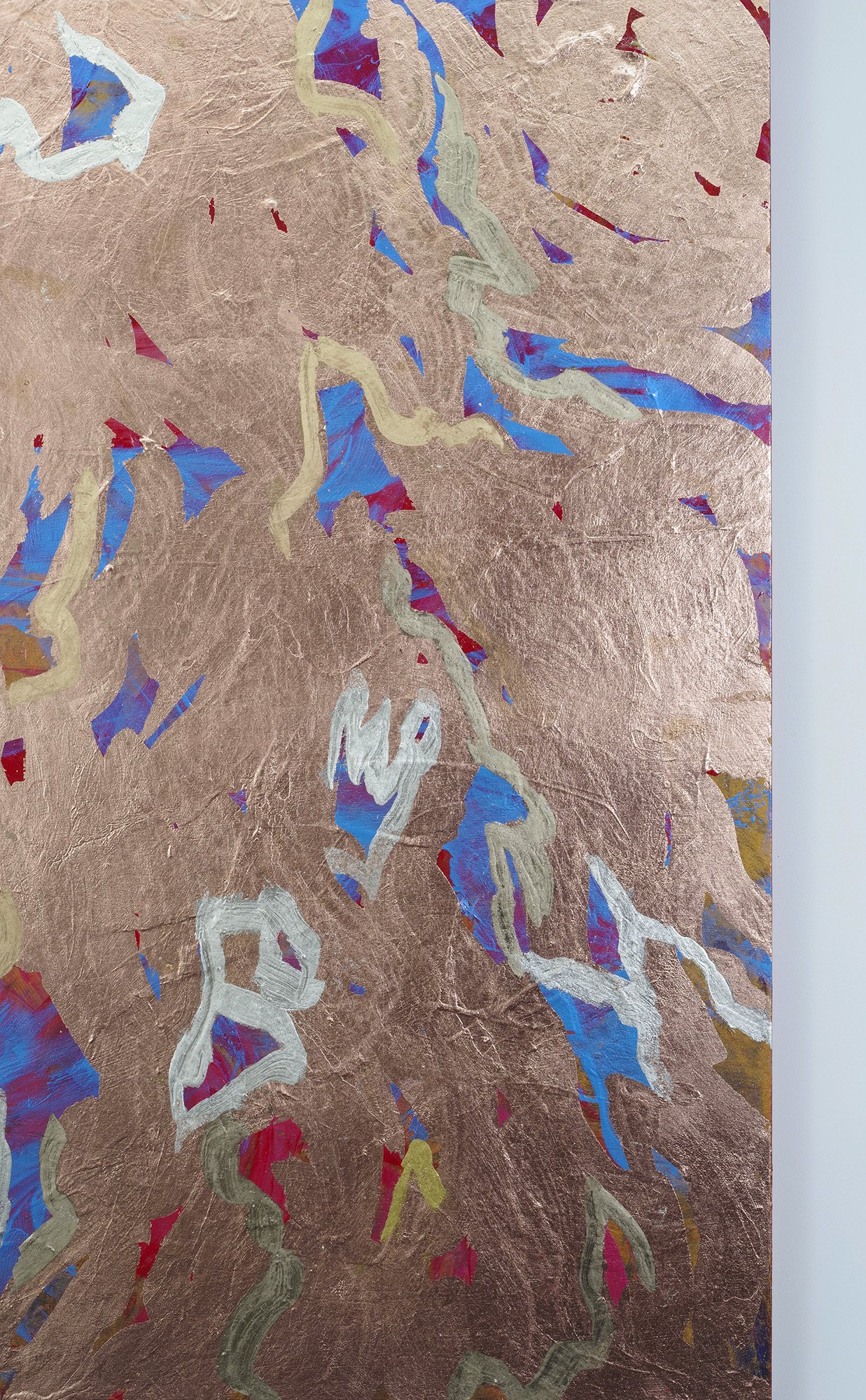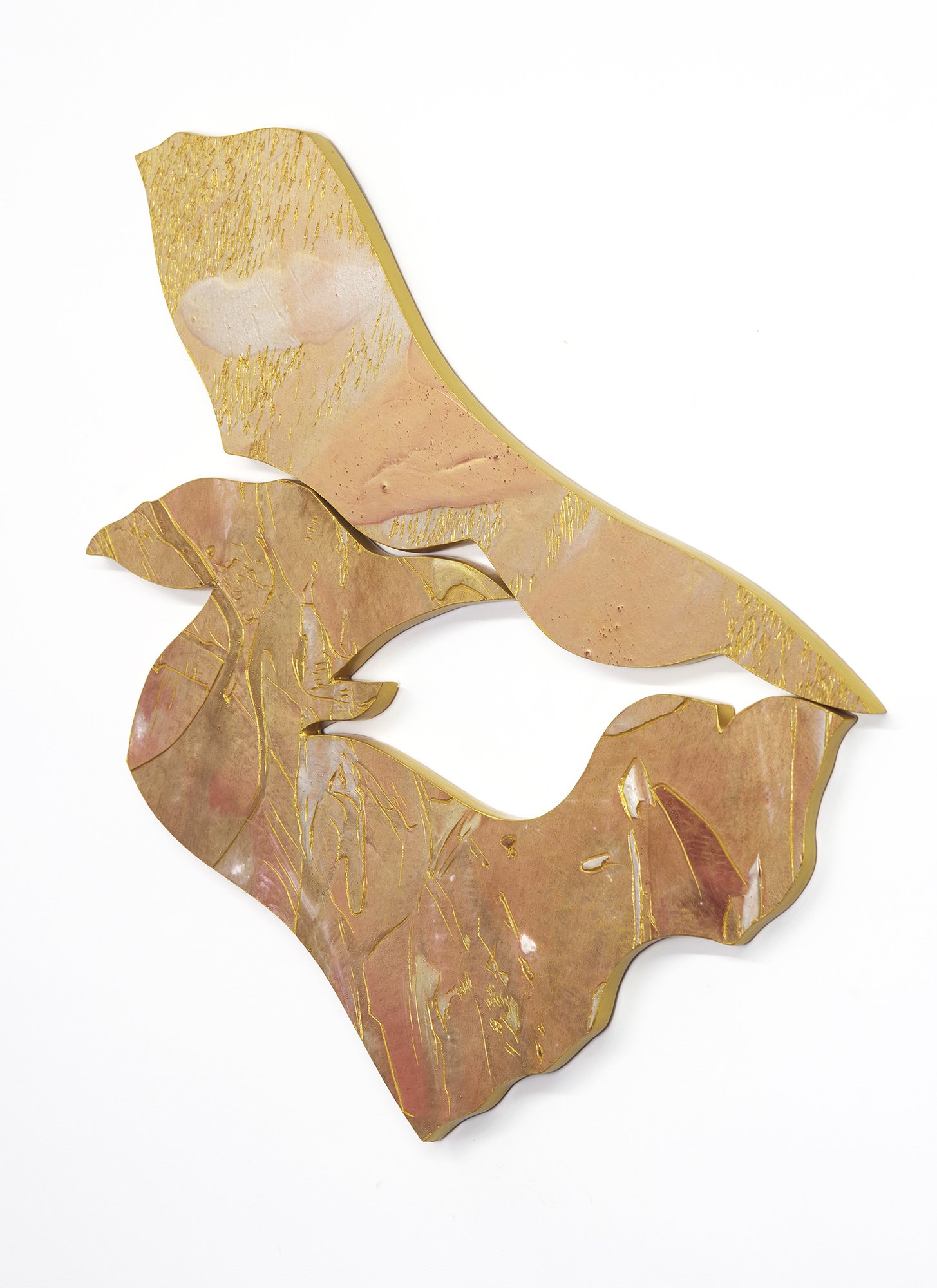We have heard the same echoes
Level 1, Parslow Street Studios, 1 Parslow Street, Clifton Hill
9 March - 1 April, 2024
We have heard the same echoes is a body of recent works emerging from Murnane’s continued reflection upon the nature of the inner life of the human person, and the responsibility that life calls one to in concrete practice.
Having slowly read, over the past few years, Andrei Tarkovsky’s Sculpting in Time : Reflections on the Cinema, the intentions, interrogations, and engagement with art and life that Tarkovsky expressed Murnane saw mirrored in his own experience, mind and heart, all as it seemed Tarkovsky had heard echoes of a long-spoken Word of Love.
From the nature of the artist:
The artist is always a servant, and is perpetually trying to pay for the gift that has been given to him as if by a miracle. Modern man, however, does not want to make any sacrifice, even though true affirmation of self can only be expressed in sacrifice. We are gradually forgetting about this, and at the same time, inevitably, losing all sense of our human calling…. (p.38)
The function of art:
The allotted function of art is not, as is often assumed, to put across ideas, to propagate thoughts, to serve as example. The aim of art is prepare a person for death, to plough and harrow his soul, rendering it capable of turning to good. (p.43)
Works of art, unlike those of science, have no practical goals in any material sense. Art is meta-language, with the help of which people try to communicate with one another; to impart information about themselves and assimilate the experience of others. Again, this has to do not with practical advantage but with realising the idea of love, the meaning of which is in sacrifice: the very antithesis of pragmatism. I simply cannot believe that an artist can ever work only for the sake of ‘self-expression’. Self-expression is meaningless unless it meets with a response. For the sake of creating a spiritual bond with others it can only be an agonising process, one that involves no practical gain: ultimately, it is an act of sacrifice. But surely it cannot be worth the effort for the sake of hearing one’s own echo? (p.40)
And the duty and vocation of the artist:
I see it as my duty to stimulate reflection on what is essentially human and eternal in each individual soul, and which all too often a person will pass by, even though his fate lies in his hands. He is too often busy chasing after phantoms and bowing down to idols. In the end everything can be reduced to the one simple element which is all a person can count on in his existence: the capacity to love. That element can grow within the soul become the supreme factor which determines the meaning of a person’s life. My function is to make whoever sees my films aware of his need to love and to give his love, and aware that beauty is summoning him.” (p.200)
The works of Murnane’s that have recently emerged express and reflect these experiences, aspirations and longings. The near triptych Stephen, Blood and Water, and Étienne emerge from reflecting upon the call to service and self gift, in life and in art, through the person of the St Stephen. Called and sent with six others to serve the weakest in the community, he became the first Christian martyr. Étienne is a gift for a dear friend of Murnane’s who has recently been ordained to this same calling. An organic substrate with red and blue paint, and copper and gold leaf, the works are both grounded and point onward, horizontal in body and service, vertical in purpose and end.
Inner vigil - Inner dawn aims to speak into the contemplative experience, a night both harrowing and threaded with grace, and the dual relief of the warmth of breaking dawn married with the soothing cool relief of the light, as a fever just broken.
Murnane’s fourth, and smallest, iteration of Fragments speak of the whole, subtitled (reciprocal gift), has its physical origins in works started soon after Murnane’s son was born. Two gracefully formed pieces, one more receptive, the other more giving, can be placed, supported, and re-formed in numerous ways. The series continues the artist’s reflection upon the limited capacity for human knowledge and understanding, all the while swimming in the mystery of the whole. The derectangulated fragments of paintings, made by drawing with a jigsaw, so too interrogate the finiteness of the original rectangle, and its enclosed, partial nature.
In living my end I live for you is a work on paper predominantly made during the 2021 Melbourne lockdown, by lamplight between 4:30-6:30am, before Murnane’s then two year old awoke each day. The life of a parent, at the service of the good of their child(ren), sacrifices, with the hope that concrete love has both temporal and eternal consequence. A drawing, executed with an embossing needle upon light blue paper, highlighted by an emulsion of white and iridescent blue paint, is installed upon a deep blue wall (and to be float framed in black), this work speaks to the pre-dawn environment in which it was made, and the mystery of love as self-gift, love in action pointing to Love as End.
One can hope that it is not one’s own echo, but rather a Word, both more ancient and more present, with a compulsion that has a mysterious and utter respect for free-will, that calls one to gift.





























